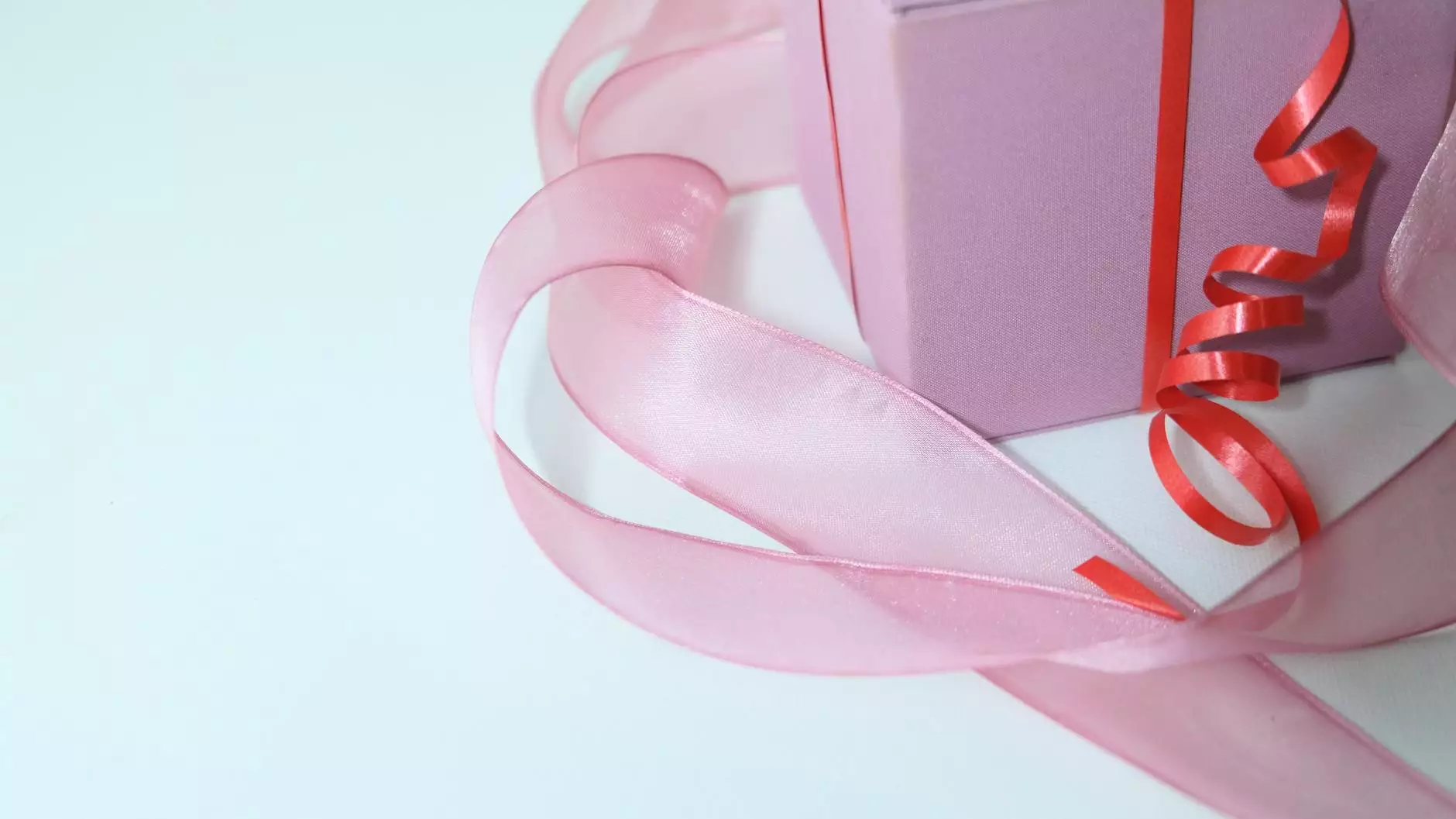Understanding Healing Times for Blown Veins

When individuals experience a blown vein, it can be a concerning and painful issue. Understanding the recovery process is crucial for anyone who has encountered this condition. In this comprehensive article, we will explore how long does it take a blown vein to heal and discuss various factors that influence healing. Furthermore, we will examine potential treatment options and recovery strategies to facilitate proper healing.
What is a Blown Vein?
A blown vein, also known as a collapsed or ruptured vein, occurs when the integrity of the vein is compromised. This typically happens due to the application of excessive pressure or trauma during venipuncture (the process of drawing blood), or it may occur spontaneously. The visible indicators of a blown vein include:
- Swelling: The area around the affected vein becomes swollen.
- Bruising: Discoloration due to blood leaking into surrounding tissues.
- Pain or discomfort: Pain can range from mild to severe in the affected area.
How Long Does it Take for a Blown Vein to Heal?
The healing time for a blown vein can vary significantly among individuals. Several factors determine the healing duration, including:
1. Severity of the Injury
The extent of the blow or rupture directly impacts how long it will take to heal. Minor tears may heal within a few days, while more severe damage can take several weeks.
2. Individual Health Factors
Each person’s overall health plays a critical role. Factors such as age, nutrition, and pre-existing medical conditions (like diabetes or vascular diseases) can slow the healing process. For instance:
- Younger individuals generally tend to heal faster than older adults.
- Nutrition: A balanced diet rich in vitamins (especially Vitamin K) and minerals supports faster recovery.
- Hydration: Staying hydrated aids the body in effectively flushing out toxins and promoting healing.
3. The Location of the Injury
The anatomical location of the blown vein also influences the healing time. Veins in areas with less movement, such as the inner arm, may heal faster compared to those located in more mobile areas like the wrist or hand.
4. Treatment Methods
The type of treatment administered for a blown vein can also expedite healing. Below are some commonly recommended treatments:
- Ice Therapy: Applying ice packs helps reduce swelling and numb pain.
- Compression: Wearing compression bandages can assist in minimizing swelling and increasing blood flow to the area.
- Rest: Minimizing movement of the affected area allows the body to heal without additional strain.
Typical Healing Timeline
While everyone is different, a general timeline for healing a blown vein could look like this:
- 3 to 7 Days: Minor instances may only take this long for bruising and swelling to subside.
- 1 to 3 Weeks: More significant bruising and pain may take up to three weeks to completely resolve.
- 4 to 6 Weeks: Severe cases with potential ruptures in deeper veins may require a full month or longer for complete healing.
Complications to Consider
Although blown veins typically heal without long-term complications, certain risks do exist. Some potential complications include:
- Infection: If the skin is broken during the injury, infection may set in.
- Thrombosis: The formation of blood clots may occur in the affected area.
- Chronic Pain: Some individuals may experience lingering discomfort or pain even after the vein heals.
How to Care for a Blown Vein
Proper care can significantly affect the healing process. Here are some essential care tips:
1. Follow Medical Advice
If medical attention is necessary, following the doctor’s instructions is crucial. This may include prescribed medications or specific care techniques.
2. Manage Pain and Discomfort
Over-the-counter pain medications, such as acetaminophen or ibuprofen, can be beneficial for managing discomfort.
3. Protect the Area
Using a soft bandage or wrap helps protect the area from further injury and promotes a conducive healing environment.
4. Gradual Return to Activity
While rest is essential, slowly incorporating gentle activities can aid recovery. Always consult with a healthcare provider before returning to strenuous exercise routines.
When to Seek Medical Attention
In certain situations, seeking professional medical help is imperative. Seek immediate attention if you experience:
- Severe Pain: Pain that is intolerable or progressively worsening.
- Signs of Infection: Such as redness, increased swelling, and warmth near the injury site.
- Persistent Swelling: Swelling that does not decrease over time.
- Numbness or Tingling: Sensations that could indicate nerve or vascular damage.
Conclusion
Understanding how long does it take a blown vein to heal involves various factors including the severity of the incident, individual health status, and the treatment applied. While most individuals can expect their veins to heal within a few days to weeks, proper care and monitoring of the injury are essential. Taking the right steps can facilitate a faster recovery and reduce the risk of complications. If you have any concerns about a blown vein or need personalized treatment options, feel free to reach out to the experts at Truffles Vein Specialists.
Your health and well-being are of utmost importance, and knowing when to seek help is key to ensuring a smooth and effective healing process.









